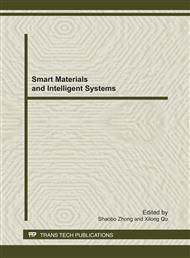p.375
p.379
p.389
p.393
p.398
p.402
p.407
p.412
p.418
The Research on Ship Intelligence Navigation in Confined Waters
Abstract:
This paper utilizes the artificial potential field method to solve ship intelligence navigation in restricted waters. Moreover, the limitations of the artificial potential field method are optimized in this paper, by providing the concept of turning points. The reasons and principles of setting them are proposed to improve algorithm of ship path planning in confined waters. The paper uses the Matlab program to simulate ship auto-navigation in Yangtze River entrance. Finally, the differences of two simulation results that adding the turning point and not are compared and analyzed. The simulation results indicate that ships could avoid all the obstacles in restricted waters safely, without crash, and find the optimal path.
Info:
Periodical:
Pages:
398-401
Citation:
Online since:
January 2012
Authors:
Price:
Сopyright:
© 2012 Trans Tech Publications Ltd. All Rights Reserved
Share:
Citation:


